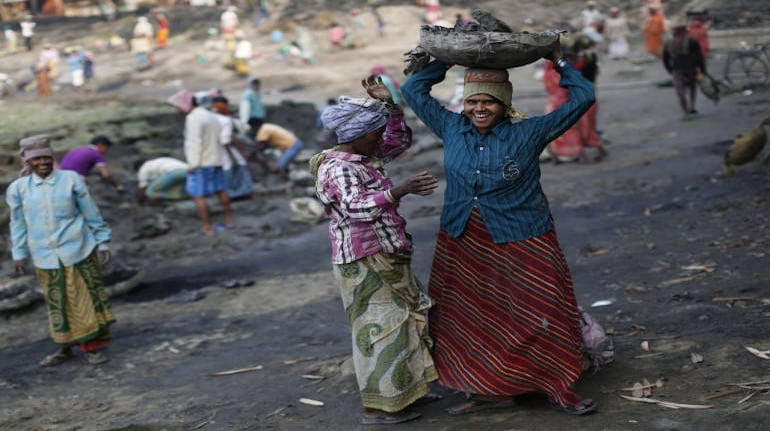



In the last five years, the ministries of agriculture and rural development spent the highest amount upto August in FY 2020-21, data from the Controller General of Accounts (CGA) showed.
As per the government data, total expenditure by the agriculture ministry more than doubled year-on-year in FY 21 till August. Government spending for the ministry till August this financial year stood at Rs 61,883 crore, against Rs 38,324 crore for the same period a year ago.
The rural development ministry spent Rs 1.15 lakh crore till August 2021, against Rs 61,024 crore in the same period a year ago, a clear indicator that the government's spending focus has been on the rural economy.
trends-in-government-spending
"Highest spending of rural development ministry in the last five years is mainly due to MGNREGS. To tackle livelihood issues of migratory labour, the government has increased allocation for MGNREGS and this is being reflected in high spending by the ministry of rural development," Devendra Pant, chief economist, India Ratings & Research, said.
As part of the Atmanirbhar economic package, Finance Minister Nirmala Sitharaman on March 25 announced an increase in wages under the National Rural Employment Guarantee Act, 2005 (MNREGA), a flagship social security scheme under the ministry of rural development, by Rs 2,000 per worker. The Centre has issued new NREGA job cards to more than 83 lakh rural households under the MNGREGA scheme. The highest number of these NREGA job guarantee cards were issued to households in Uttar Pradesh.
Sitharaman had also announced frontloading of the first instalment under the Pradhan Mantri Kisan Samman Nidhi (PM-KISAN) scheme, whereby farmers will receive Rs 6,000 per annum.
As part of PM-KISAN, the government transferred Rs 17,000 crore directly into the bank accounts of 8.5 crore farmers.
To tackle the spread of the Covid-19 pandemic, the government had in March announced a nationwide lockdown which took a toll on demand and growth. India's gross domestic product (GDP) growth for the April-June quarter contracted 23.9 percent, the steepest drop since records began, against a growth of 5.2 percent in the same period last fiscal.
The sudden shutdown of economic activities left thousands of migrant labourers jobless. MGNREGA guarantees 100 days' wage employment to rural households and has emerged as the saviour during the economic crisis brought about by the pandemic.
The government has been focused on the rural economy to generate employment and consumption. The stimulus package that the government announced has concentrated on migrant labourers, farmers and the poor.
Discover the latest Business News, Sensex, and Nifty updates. Obtain Personal Finance insights, tax queries, and expert opinions on Moneycontrol or download the Moneycontrol App to stay updated!
Find the best of Al News in one place, specially curated for you every weekend.
Stay on top of the latest tech trends and biggest startup news.